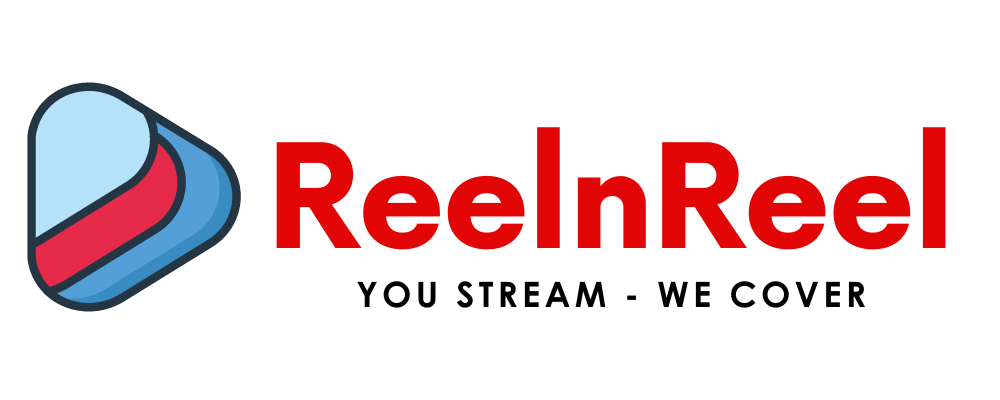It would be unfair to say that YouTube is one of the largest video sharing platforms on the Internet. YouTube is so significant to the concept of video sharing as a whole that since Google purchased the company in 2006 for nearly $2 billion, they have been running the site at a loss of over $100 million a year. YouTube Video Optimization speaks to the success and ubiquity of a platform so integral to video sharing that the company that owns it refuses to let it die, no matter the cost.
YouTube holds something of a private monopoly over the very notion of online video sharing. When was the last time you watched something on Vimeo, for instance? In fact, when was the last time you watched any video on the Internet that didn’t come from YouTube (Netflix excluded, of course)?
If you want to create a video that as broad an audience will see as possible, YouTube is the platform to upload it to. That being the case, with the massive library of videos on the site, you may be wondering how on earth you can optimize your video to get it seen.
In this article, we will be breaking down a few factors that can influence your video’s exposure and ranking on YouTube, why the factors matter, and how you can tweak them to ensure that your video has every advantage in making it through the digital jungle of YouTube.
YouTube Video Optimization Tips 2024
Name Your Video File
As unlikely as it seems, even the name of the file you upload to YouTube can affect the video’s searchability. HubSpot says, “YouTube can’t actually ‘watch’ your video to see how relevant it is to your target keyword … [b]ut, YouTube can read your video’s file name and all the code that comes with it when it’s uploaded.”
Because of the sheer volume of videos uploaded to YouTube daily—about 500 hours per minute—YouTube mainly relies on algorithms to determine what your video is about and to whom it should be shown.
A lot of the following tips will also involve using these algorithms to your advantage, but making sure that the file name is relevant, even though viewers will never see it, gives YouTube a clue about what your video is.
Title
best tip for YouTube Video Optimization: In the same way that SEO punishes content that doesn’t give enough information about itself, YouTube also tends to penalize content that says too much. Keep the title of your video limited to about 60 characters, and make sure to front-load the title with your most relevant keywords.
This ensures that your most important keywords will still be shown when a user finds your video, even if the title has been cut off at a certain length (as it does with excessively long titles). Having keywords upfront also shows search algorithms that these words are the most important.
That being said, insert these keywords as naturally as possible. Cramming in as many buzzwords as possible can look like spam to both viewers and algorithms, and your video will invariably be punished.
Description
Suppose you’ve ever read the description of a YouTube video. In that case, you probably noticed that only the first few lines of the description are shown immediately under the video. To see the rest, click the “Show More” button. This is a crucial detail to keep in mind when designing your description.
Although the official length limit for video descriptions is 1,000 characters because a user can only see the first few lines, you want to ensure that these lines contain the most essential information.
This is where things like crucial links or any call to action belong. If you use the remaining characters to include more information, you certainly can without punishment. Remember that many users came to your video to see it, not to read anything. Some users will not engage with the description, and even fewer will read the whole thing, so don’t hide anything significant or profound in the description.
Length
One of the problems with trying to advise about optimizing video content for YouTube is that the way they gauge audience engagement regularly changes. In the past, YouTube has valued the total number of views a channel or video received, which meant that short but frequent uploads were better for traffic.
At other times, YouTube has valued high retention times (in other words, videos that caused viewers to stay and watch longer). However, it added AI-based machine learning into its algorithms and altered how content was curated.
As of 2024, the YouTube algorithm still prefers videos that can retain an audience’s attention for as long as possible, but that comes with many caveats. The rate at which a video becomes popular can also affect how many people get shown a video, mainly if the video manages to get featured on YouTube’s Trending page.
There’s no secret formula for how long a video has to be because how your audience engages with your video matters far more. That being said, a video has to be at least 10 minutes long to include mid-roll advertisements, so that might be a place to start.
Content
No matter the subject matter of your video, YouTube will only consider its value based on the level of engagement it receives. Videos with more views, likes, comments, etc., will be shown to more people than videos without. This means that it behooves you to organize the content of your video in such a way that it maximizes your audience’s engagement.
An excellent way to get people intrigued by your video from the get-go is to use the PPP method: first, preview what the video will cover; then, offer proof of your authority to speak on the subject; finally, re-summarize the preview you gave initially, or discuss a highlight or two that you will get to later in the video.
Doing this can prevent some people who might otherwise get bored of your video quickly to stick around for a little longer than they would otherwise, if for no other reason than curiosity. This method can also help hook the interest of viewers who are just passing (or scrolling) by, who might otherwise not even have engaged with the video in the first place.
YouTube viewers very much have the luxury of choice regarding the content they choose, so taking some time right away to fight for audience attention is well spent.
Engagement
The most significant factor in determining how much YouTube will promote your video as of 2024 is audience engagement. The more comments, likes, views, and subscribers your video gets, the more YouTube will be convinced that your content is popular, engaging, and well-liked.
An excellent way to increase viewer engagement is to include a call to action, or CTA, in your video. Specifically, asking audience members to do something, like click on a link to your primary website, subscribe to your channel, or leave a comment, drastically increases the chances that your audience will do as you ask.
This is particularly true if this CTA is at the beginning of your video while you have just captured their attention. Many people who frequent YouTube actively seek ways to engage with creators, and those who don’t are usually happy to have the opportunity to interact with something they like.
All in all, there’s a reason that many people who create YouTube videos professionally tell their audience to subscribe at multiple points throughout each of their videos: it’s because it works.
Other Considerations
While these six factors represent some of the most impactful ways to optimize a YouTube video, there are also several more minor actions that you can take that shouldn’t be overlooked.
Add Closed Captions:
Adding closed captions (accurate captions, not auto-generated ones) can boost your video in the eyes of YouTube. Because having to hear the sound of a video to be able to interpret it is a barrier to viewership for some people, having a proper close caption allows your video to be shown more indiscriminately.
Add your Video to a Playlist:
Adding your video to a playlist with other similar content is a great way to tell YouTube to associate your video with the content around it. If the other videos get a lot of views and engagement, then YouTube is more likely to show your video because you’ve told the algorithms that your video is more similar.
Tags:
When you upload a video to YouTube, you can include several tags for that content. These tags will be invisible to your viewers, but YouTube and Internet browsers, like Google, can still see them.
This is an excellent place to include keywords for your video, particularly those you could not fit naturally into the video or your description. There is no “correct” amount of tags to include, but aiming for around twenty is a good goal. It also helps to have a mix of short and long-tail keywords. Long-tail keywords are those with a relatively high word count.
For instance, if you were to upload a video about how to register a domain name with a registrar like 101domain, a short tail keyword might look like this: “register domain,” whereas a long tail keyword might look like this: “easily register a domain in 2024.” The benefit is that they are more specific, but this can also be a drawback, so choose them carefully.
Thumbnail:
Adding a thumbnail is an easy way to boost the exposure your video receives. Both YouTube and viewers prefer videos with attention-grabbing thumbnails, particularly if these ask a question.
Conclusion
YouTube Video Optimization tips are good places to start, but always remember that, despite its prevalence, YouTube is still a pretty new technology. It has only been around for a little over a decade, and even today, there isn’t much precedent set for how video-sharing platforms should operate. This means that what “works” with YouTube content is a little unpredictable at best and involves no small amount of luck.
With that disclaimer out of the way, there’s no reason to think uploading successful videos is out of your reach. With patience, persistence, and some know-how from this article, you can create popular, helpful, engaging videos and, above all, serve you in your professional endeavors. These YouTube Video Optimization tips will help your business.





